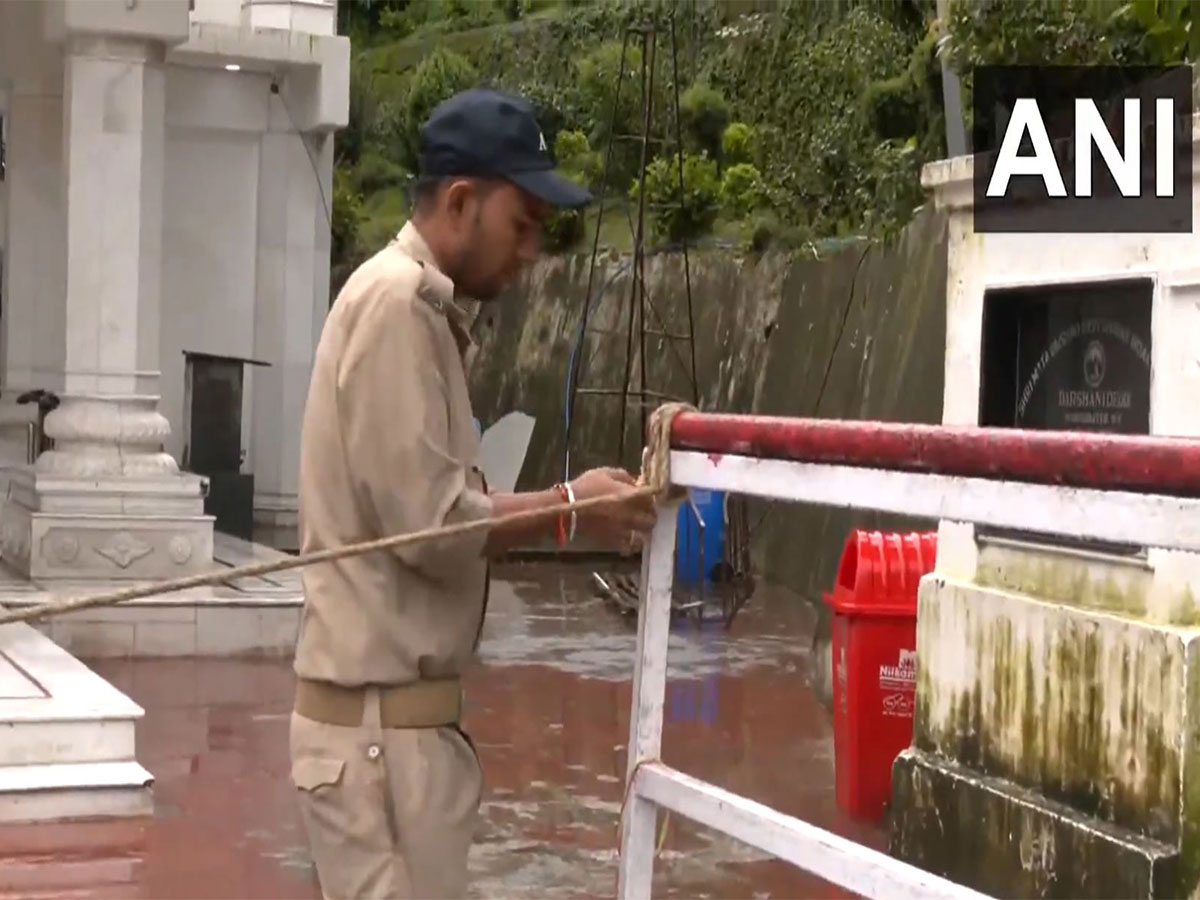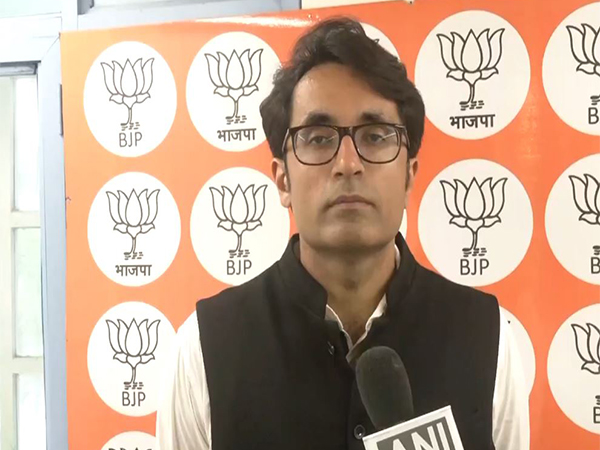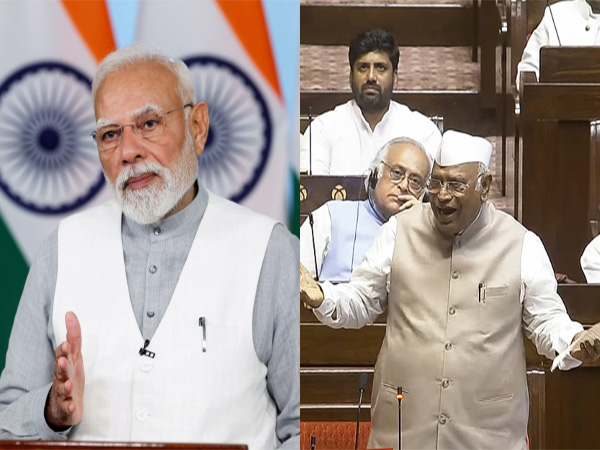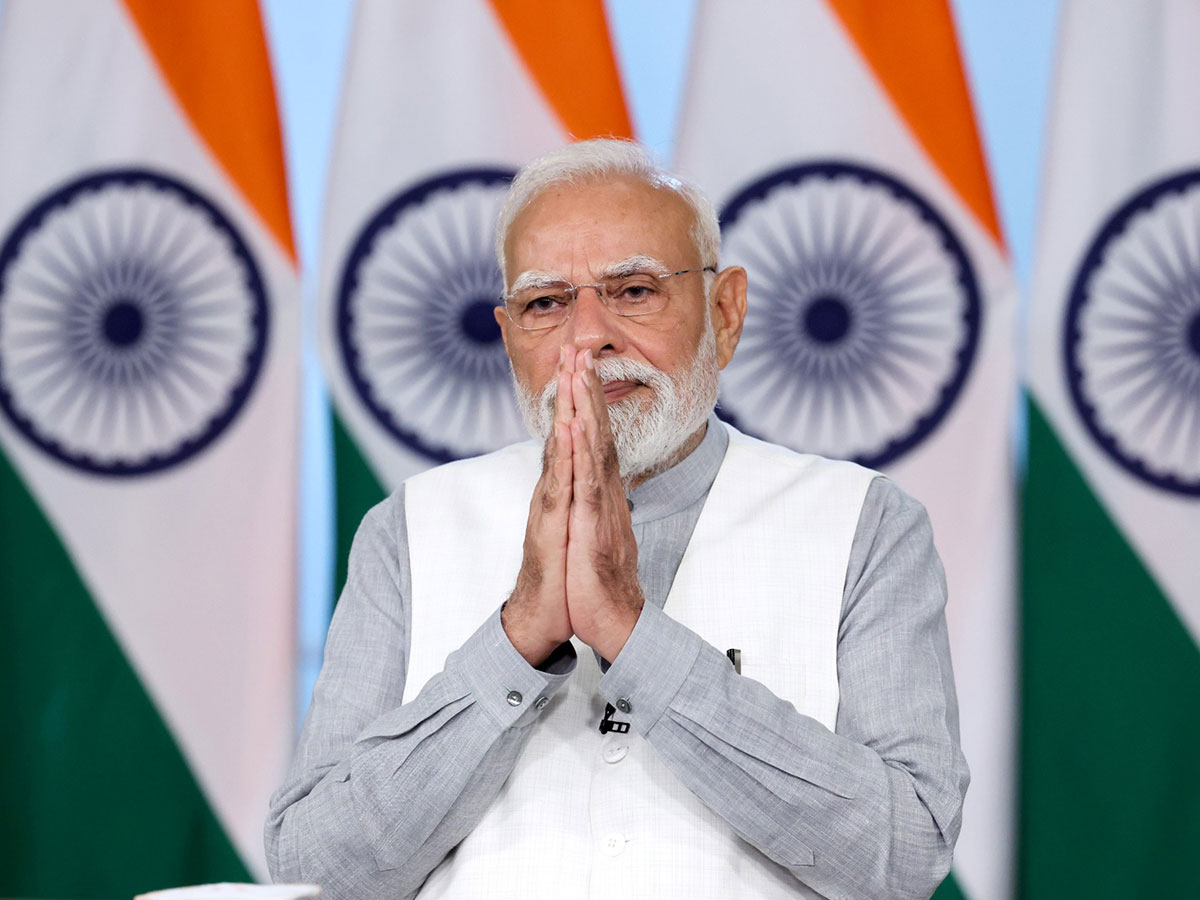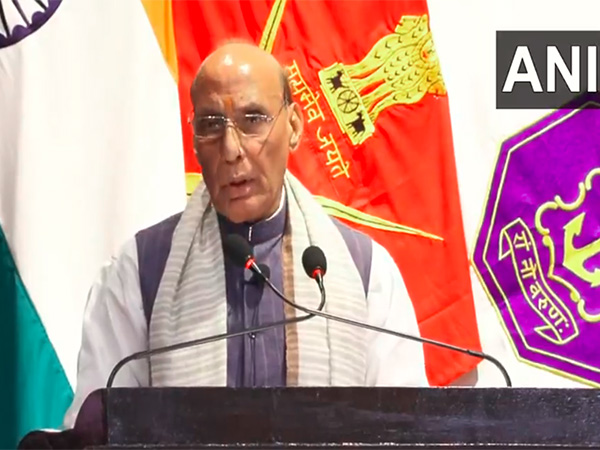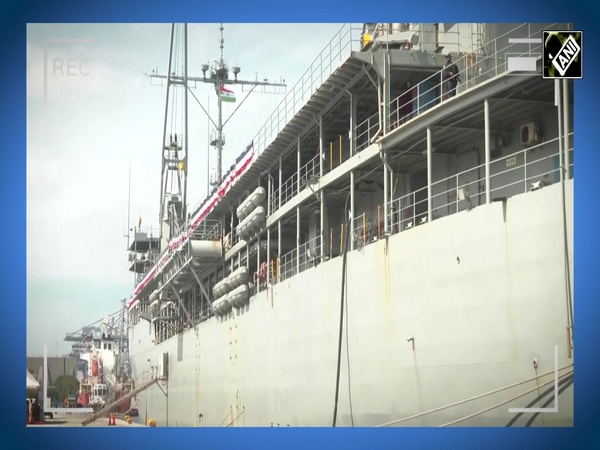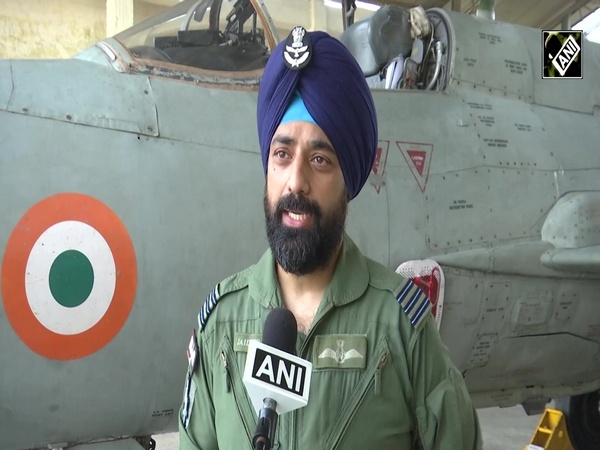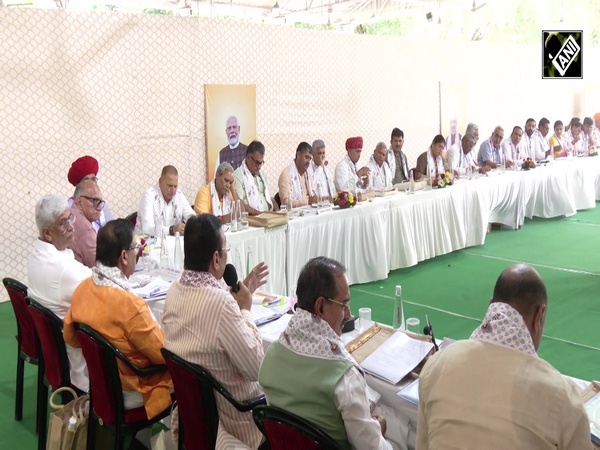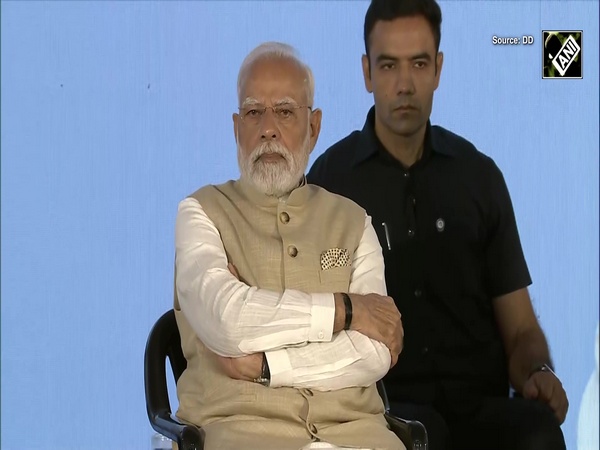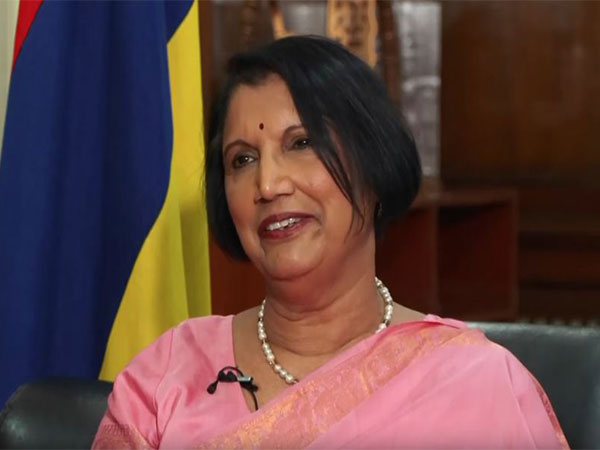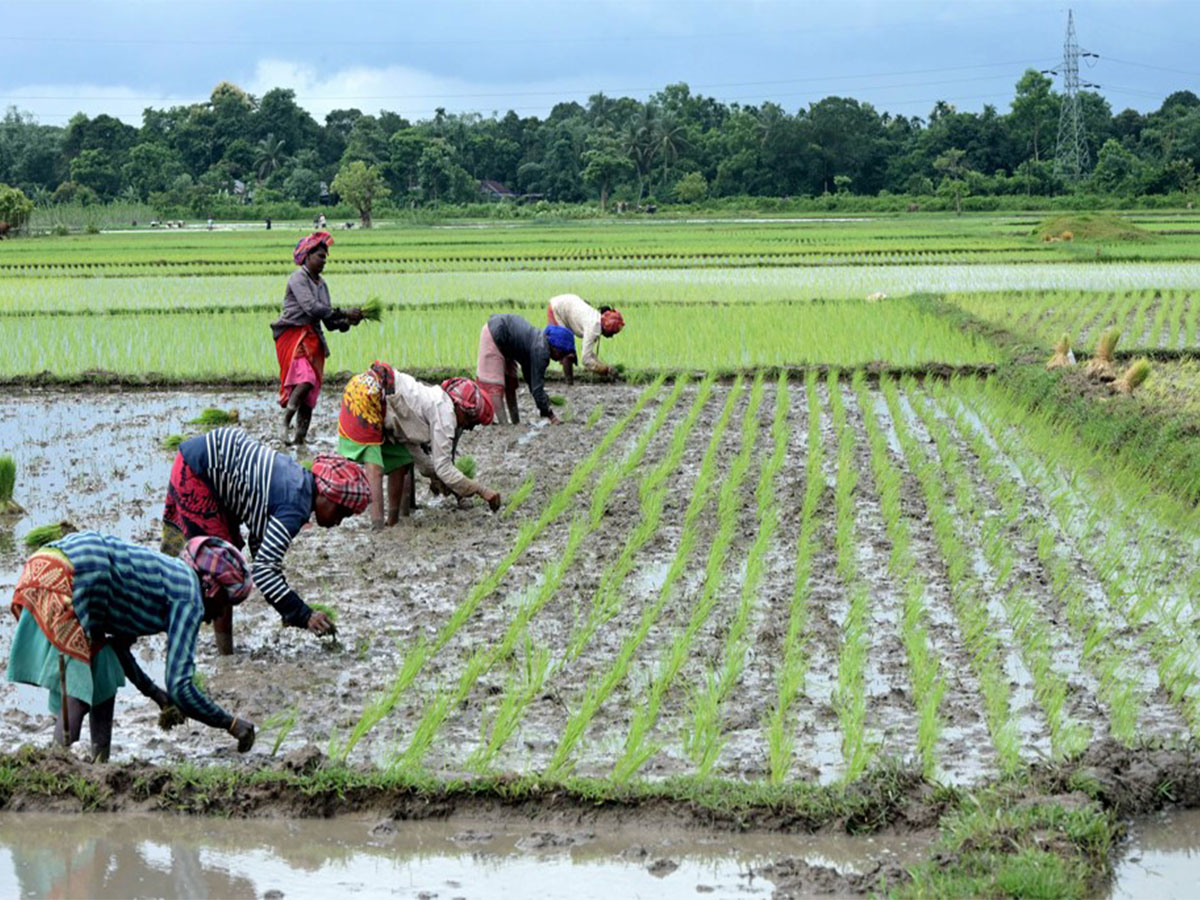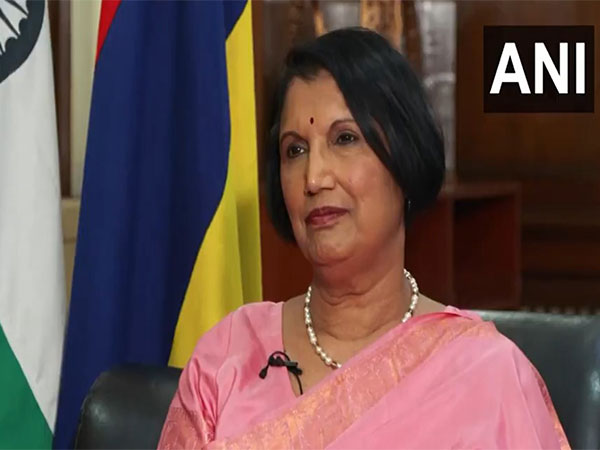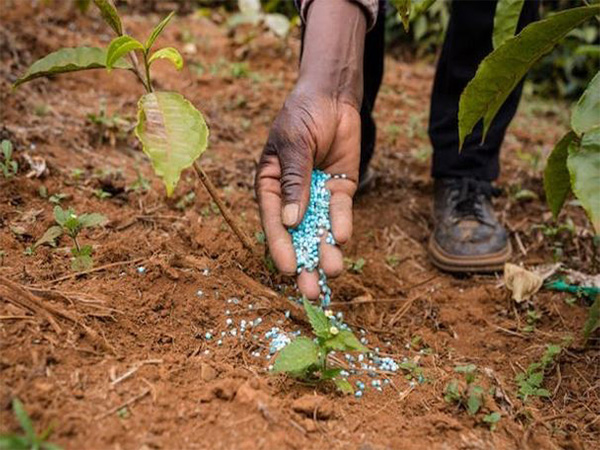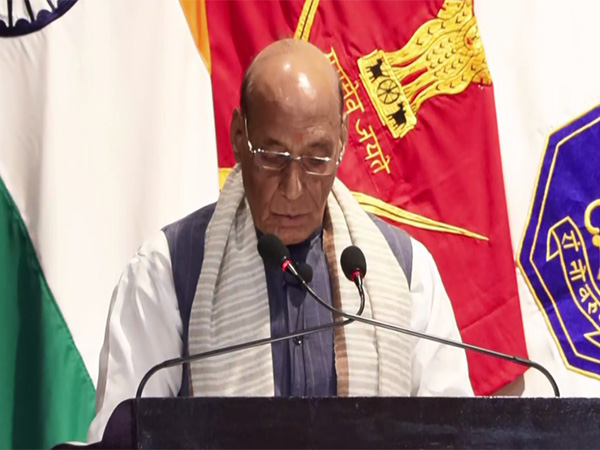
AI-driven decision-making bringing unexpected twists to modern conflicts: Rajnath Singh
Aug 27, 2025
Dr Ambedkar Nagar (Madhya Pradesh) [India], August 27 : Defence Minister Rajnath Singh on Wednesday emphasised the significance of technological advancements in modern warfare, highlighting the element of surprise as a crucial factor in determining the outcome of conflicts.
He was addressing the Ran Samwad 2025 seminar on war, warfare, and warfighting at the Army War College in Dr Ambedkar Nagar, Madhya Pradesh. He stressed that technology is advancing rapidly, changing the course of warfare. Unmanned Aerial Vehicles, hypersonic missiles, cyberattacks, and AI-driven decision-making are examples of tools that bring unexpected twists to modern conflicts.
"In today's world, the element of surprise has become even more powerful because it is now coupled with technological warfare. Technology is advancing at such a pace that by the time we fully grasp one innovation, another emerges--completely altering the course of warfare. Unmanned Aerial Vehicles, hypersonic missiles, cyber-attacks and AI-driven decision making are examples of tools that are bringing unexpected twists to modern conflicts," Rajnath Singh said while addressing the Ran Samwad 2025 in Dr Ambedkar Nagar.
The Defence Minister noted that the element of surprise no longer has a permanent form and is constantly evolving, carrying uncertainty that often determines the outcome of wars.
"The most striking feature of this element of surprise is that it no longer has a permanent form. It keeps changing, always carrying uncertainty with it. And it is precisely this uncertainty that confounds adversaries, often becoming the decisive factor in the outcome of war. In our times, the fusion of technology and surprise is making warfare more complex and unpredictable than ever before. That is why we must not only master existing technologies but also ensure that we are constantly prepared for new innovations and unforeseen challenges," he said.
The Defence Minister also cited the example of the Russia-Ukraine war, stating that at its beginning, the battle was fought primarily with conventional warfare; however, its nature has completely changed over the past three years. He noted that in the present day, drones, sensor-based weapons, and precision-guided munitions are playing a decisive role.
"If you look at the recent example, you can see the conflict between Russia and Ukraine. When the conflict began in 2022, it was primarily characterised by conventional warfare, including tanks, artillery, and rifles. The ground forces were engaged in hand-to-hand combat. However, within three years, the nature of this war had changed completely. We are now witnessing the deployment of various types of war systems and doctrines in this conflict. Initially, this battle was being fought with the help of tanks and artillery, but now drones, sensor-based weapons, and precision-guided munitions are playing a decisive role," he said.
Singh emphasised the importance of self-reliance in the defence sector, citing India's progress in indigenous defence manufacturing. The country has shifted from being one of the world's largest importers to a reliable exporter.
"This change shows how the methodology and tactics of war can change in just a short period of time. It is also clear from this that even in the future, in any conflict, we will not have to rely only on traditional means but we will have to keep pace with technological advancements continuously. At the same time, I believe that the component of self-reliance in the defence sector is one of the most important components. When it comes to self-reliance, particularly in the field of defence manufacturing, I would like to say that India has embarked on a historic journey. We were once counted among the world's largest importers, but today, on the path of self-reliant India, we are making a place among the reliable exporters of the world," he said.
The Defence Minister highlighted India's world-class indigenous platforms, such as the Light Combat Aircraft Tejas, Advanced Towed Artillery Gun System, Akash Missile System, and Indigenous Aircraft Carrier.
"Today, our indigenous platforms, Light Combat Aircraft Tejas, Advanced Towed Artillery Gun System, Akash Missile System and Indigenous Aircraft Carrier, are giving a message to the world that India's technology and quality are now standing at world-class standards. This confidence and strength are due to our scientists, our industry, and our leadership. Today, we are making all the equipment in our country that we used to import. You will also be pleased to know that we have taken another step forward in the development of fifth-generation fighter aircraft. Now we are moving fast in the direction of making Jet engines in India itself," he said.
Singh also credited PM Narendra Modi's leadership and focused on the reforms brought in the past few years. He mentioned that the government has taken strong steps towards promoting indigenous design, development, and manufacturing.
"Under the visionary leadership of our Honourable Prime Minister, the government has made many policy reforms in recent years. Such strong steps have been taken to promote indigenous design, development, and manufacturing. Self-reliance in the defence sector is no longer a dream but is truly becoming a reality. The journey of the last ten years is proof of this," he said.
Singh said that India's defence production has risen significantly, from ₹46,425 crore in 2014 to over ₹1.5 lakh crore. The private sector has contributed over ₹33,000 crore to defence production, demonstrating their partnership in the Atmanirbhar Bharat campaign.
India's defence exports have grown from less than ₹1,000 crore to a record ₹24,000 crore, symbolising the country's changing global identity.
"Our defence production, which was only 46,425 crore Rupees in 2014, has now increased to a record over Rs 1.5 lakh crore. The contribution of over Rs 33,000 crore from the Private Sector shows that private industries are also becoming partners in the Atmanirbhar Bharat campaign. The result of this partnership is that India's defence exports, which were less than Rs 1,000 crore ten years ago, have now increased to a record of over Rs 24,000 crore. This is not just about trade or production; it is a symbol of India's changing global identity," he said.
Notably, India is working on developing fifth-generation fighter aircraft and jet engines, further solidifying its defence capabilities. The government has introduced policy reforms to promote indigenous design, development, and manufacturing in the defence sector.


